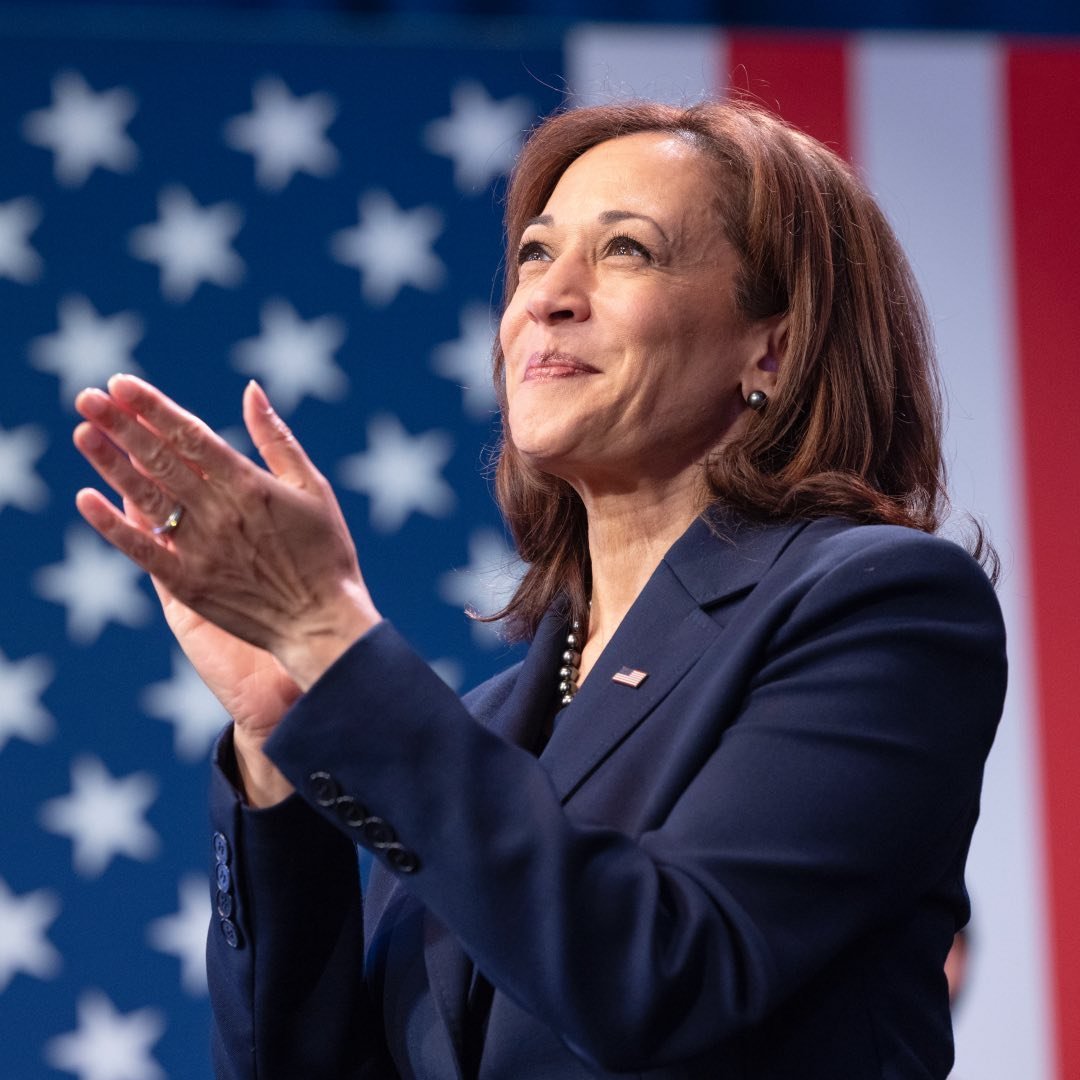The race for the U.S. presidency is reaching its peak. To reach the White House, candidates are now playing their final cards. Kamala Harris continues with her strategy, with abortion being the central theme of her campaign. Whether this controversial topic can open the doors to the White House for her remains to be seen.
Abortion: a central theme for the democratic candidate
As the final stretch of the campaign approaches, Kamala Harris continues to place abortion at the heart of her electoral platform. It is with this key issue that she is most critical of her Republican opponent. At the end of September, Harris accused Donald Trump of being responsible for a public health crisis in Georgia: “This is a public health crisis, and Donald Trump is the architect of this crisis.” Georgia is one of the states with the most restrictive abortion laws.
So far, abortion has been the primary issue of Kamala Harris’s campaign, while immigration has been the main focus for Donald Trump. As the elections near, both issues have become the key proposals of the entire election. On November 5, Americans will not only vote for their new president (or president-elect), but in some states, referendums will be held to address issues such as restricting immigration and lifting abortion bans.
The referendum on abortion has been implemented in ten states. Nevada, New York, Arizona, Colorado, Missouri, Florida, Nebraska, South Dakota, Maryland, and Montana are the ten states where Americans will vote for their preferred candidate and for or against the protection of abortion rights.
Arizona: a pivotal state with dual stakes
The vote of Arizona’s citizens on this referendum “could shift everything,” according to Samara Klar, a political science professor at the University of Arizona. According to her, it is the level of mobilization that will influence the result. Arizona is particularly important because it could swing either Republican or Democratic. The youth in Arizona are not convinced by abortion rights. “I really think abortion is murder,” says Pedro Lopez, a young man of immigrant background, adding that there should be “exceptions in cases of rape or incest.” He assures that he will vote for Donald Trump, as well as for a local referendum that would allow the Arizona police to arrest “illegal” migrants.
Currently in Arizona, abortion is permitted up to 15 weeks of pregnancy. The state’s citizen-initiated referendum seeks to extend this authorization to the viability of the fetus, which is approximately 24 weeks of pregnancy. In this state, although the two candidates are neck-and-neck, a slight advantage favors Donald Trump.
Benjamin Case, an assistant professor at Arizona State University, states that the right to abortion is supported by the majority of Americans. He adds that it is a smart strategy for Harris to center her campaign around abortion rights: “The more people have this issue in mind, the more it helps her.” Since states are free to decide on abortion rights, the Democratic Party has been the strongest supporter of its protection.
Abortion: the third most important concern
Women vote in greater numbers than men in the U.S., and they are mostly in favor of the Democratic candidate. However, votes in Nevada are just as crucial as those in Arizona. In Nevada, although abortion is currently allowed, Americans will vote, as in New York and Colorado, on a Republican-backed referendum to either strengthen or roll back abortion protections.
In Florida, Arizona, Missouri, South Dakota, and Nebraska, these referendums could lead to the very real outcome that the Democratic camp hopes for: lifting bans or restrictions on abortion.
Benjamin Case explains that the results of these referendums are more complicated than they seem. Texas and Kentucky are two very conservative states, but where abortion rights have historically been widely supported when the issue was directly voted on by the public. However, such results are not necessarily indicative of broader trends. In the list of electoral concerns, abortion ranks third, following the economy and immigration.
The ban on abortion: a life-threatening danger
Abortion restrictions affect millions of women. Kamala Harris views this as a battle for women’s rights. This is part of the reason why she has made abortion one of the central themes of her campaign. But it’s not just about personal choice or control over one’s body. Some pregnancies can be extremely high-risk and threaten the life of the pregnant woman.
While Harris promises to restore reproductive freedom in the country, she also repeats that Donald Trump is responsible for the tragic stories related to these restrictions, which she calls a public health crisis. During campaign events, women have shared personal stories of near-fatal pregnancies. Due to restrictive laws in their states, they were unable to terminate their pregnancies, even in cases where sepsis, a severe infection, put their lives at risk.
Grace Ireland, a 26-year-old activist and nurse, has worked in several states where abortion is banned or restricted. She has seen women suffer dramatic consequences due to non-viable pregnancies. In response to these dangers, doctors are now refusing to intervene. She highlights the life-threatening risks: “Women end up in septic shock and die because they can’t get the care they need.”

